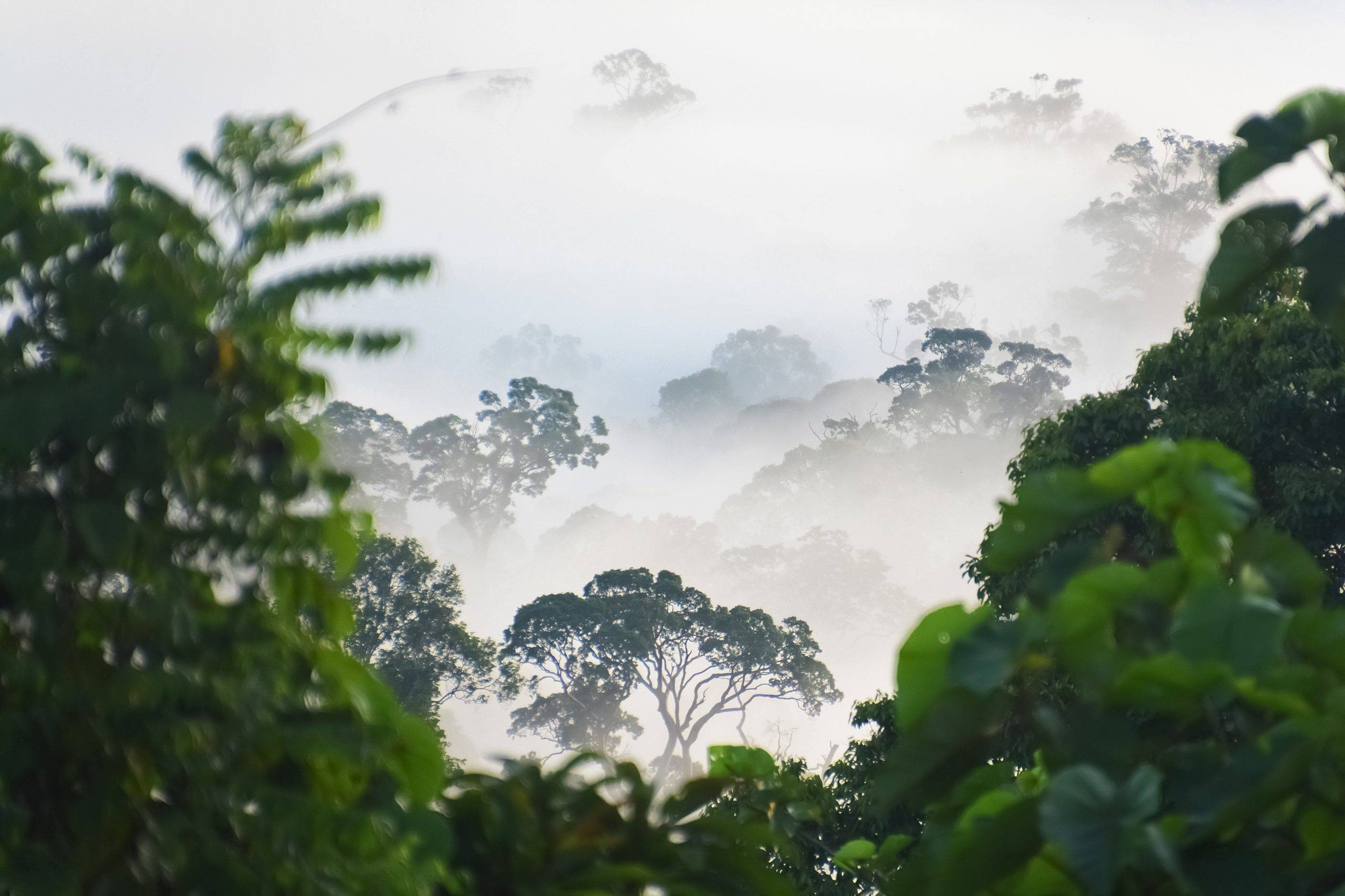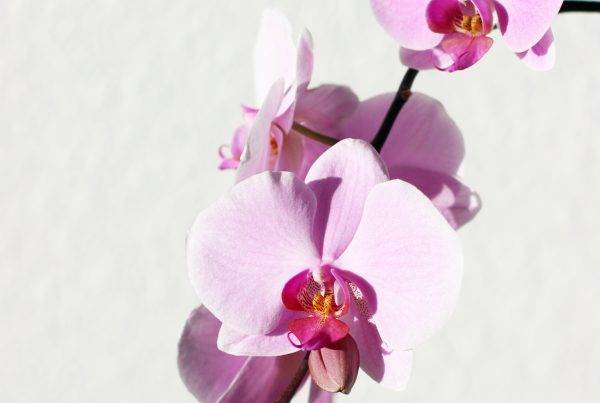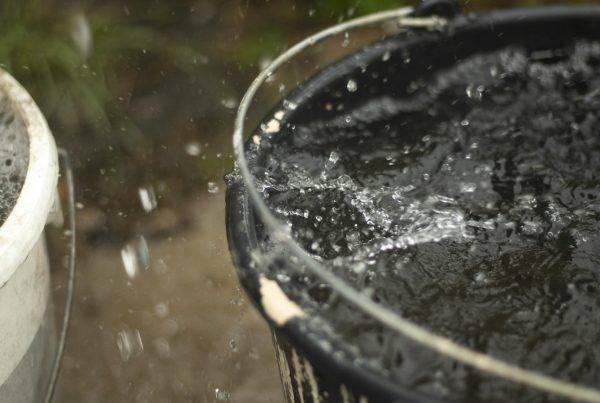Have you ever wondered why that plant your friend keeps telling you is so easy to take care of keeps dying in your home?
Maybe your friend has a huge south facing window and you have the same huge window but it faces north. Maybe your friend opens all the windows on a hot day and you turn up the air conditioning. Easy Care Plants do exist but they are easy care because they adapt well to all sorts of surroundings. So, perhaps your friend has the right plant in the right place and not an easy care plant!
Let’s look at 7 factors to consider when growing indoor plants. Many environmental factors in your home can affect your plants. For houseplants to really thrive in our homes, we need to try our best to mimic their native habits!
| Humidity | Air Circulation | Soil | Nutrients | Temperature | Light & Water |
Humidity
Most common indoor plants are tropical, and thrive in humidity levels of 50-90% depending on the plant. The average household humidity is between 30-50% . Some plants can adapt well to lower levels of humidity, but they’re are plants that require higher humidity. Some examples are Ferns, Calatheas, Orchids, Carnivorous plants. A common symptom of not enough humidity is crispy brown tips on your leaves!
For humidity loving plants there are a few options to help your plants out.
- Use humidity trays – place a layer of pebbles in a saucer/cache pot and fill with water (be sure the water is not in contact with the plants soil)
- Group plants together
- Place plants in bathroom/kitchen provided there is enough light
- Use a humidifier
Air Circulation
So now our plants are surrounded by all that humidity that they love so much. They are basking in the damp air! This can lead to various problems without proper air circulation. Condensation build up the leaves, reduced water evaporation and transpiration. These conditions can quickly bring around fungal diseases like powdery mildew and fungus gnats. Air Circulation is often over looked when we think about caring for our indoor plants but they do need some airflow. Damp air or not. A gentle breeze is more than enough to keep our houseplants happy. But be mindful to keep them out of the direct line of air conditioning vents as this can lead to the other extreme – moisture will evaporate too quickly. Be wary of draughts as many plants can be sensitive. For example Ficus Lyrata and Benjamina love to drop leaves when placed in a draughty spot!
Soil
Sometimes straight up potting soil just doesn’t cut it! If you do some a little research on soil that houseplants like you will find a lot of ‘moist but well draining’ but how exactly can we achieve that? Soil Amendments. That’s how! Many people add compost to their potting soil or as a layer of topsoil to give plants a boost, this is a soil amendment. Anything that we add to the soil to make it work better for our plants. Orchids do well in a mix of sphagnum moss and pine bark, the moss retains moisture while the bark aids drainage and provides air pockets. These amendments provide the same function when added to potting soil.
So why do we always give our ‘regular’ houseplants straight up potting soil?
There are many different soil amendments out there. For an all purpose potting soil I like to combine potting soil, perlite and compost in different ratios according to the plant. This blend provides adequate drainage, aerates soil and prevents soil from compacting (perlite) adds nutrients, improves soils ability to hold nutrients (compost) retains moisture, stores nutrients and air, provides support for the plant (potting soil)
Nutrients
Technically speaking plants make their own food, so why do we need to feed them?
Just like humans, plants need more than just water and air to survive! If we don’t eat enough foods rich in iron, we become deficient and we need to take a supplement.
As we grow our indoor plants in pots, they don’t have an unlimited supply of organic matter for their roots to roam freely in search of all the nutrients they need! Potting soil does contain nutrients however the plant will deplete the soil of these nutrients so we need to supplement via plant food. It is good to feed your plants while they are actively growing. Most houseplants will go through a dormant or rest period. It’s considered best to stop feeding them during this time to avoid over fertilizing as the plants will not need as many nutrients.
The nutrients plants need in higher values are the macro nutrients. N-P-K, nitrogen, phosphorous, potassium which represent the three numbers you see on plant food bottles. In addition Calcium, Magnesium and Sulfur are also considered macro nutrients. They also need micro nutrients such as boron, manganese, iron, molybdenum, chlorine, copper and zinc. When picking a plant food be sure that it also contains micro nutrients.
There are many different ways to feed your plants, slow release plant food, compost, liquid plant food. But do give them something!
Temperature
Another factor to consider when growing indoor plants is Temperature. Ideal temperatures for house plants on average are in the 20-26degrees range. With dips of 2-3 degrees at night time. Temps below 17degrees and above 30degrees plants may begin to suffer. When the temperature isn’t in the ideal range some symptoms are wilting, drooping, yellowing and scorched leaves. As temperatures begin to soar in the UAE and people are getting ready to go on summer holidays, consider keeping your A/C on low for your beloved houseplants!
Light & Water
Light induces photosynthesis. A plants growth rate is directly affected by the amount of light they receive. Too much light and leaves will scorch which can inhibit photosynthesis and stop growth. Too little light and the plants leaves may begin to drop and growth may be stunted.
Tap water is fine for most plants however some can be sensitive to the chemicals in the water. Brown spots and tips are symptoms of sensitivity to water, these can also be caused by other problems so some detective work is in order! Some common houseplants that can be sensitive to tap water are Spider plants, Calatheas, Peace Lilies, Dracaena. Leaving tap water out for at least 24hours before using it allows chemicals to dissipate.
Find out more about understanding your lighting & tips for watering here.
Conclusion
I hope you’ve enjoyed this article on 7 factors to consider when growing indoor plants. Plants have different needs in general so as always do a little research on your particular plant. It’s all about finding the right balance!
Happy Gardening!






Ahhhh makes sense now why my Ferns leaves have been going brown! Thank you